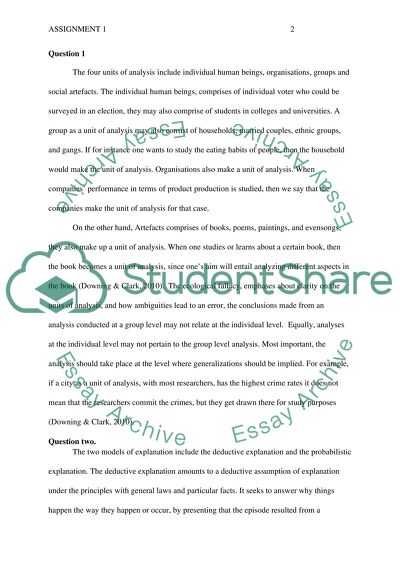Individual Human Beings, Organisations, Groups and Artefacts Essay. Retrieved from https://studentshare.org/statistics/1455528-assignment-i
Individual Human Beings, Organisations, Groups and Artefacts Essay. https://studentshare.org/statistics/1455528-assignment-i.


